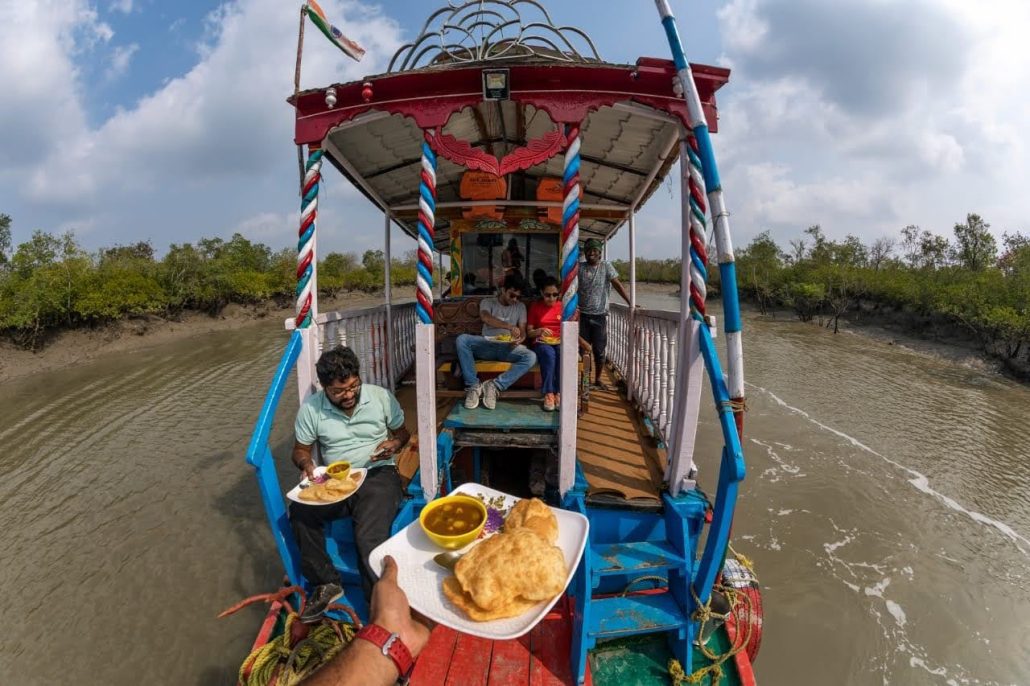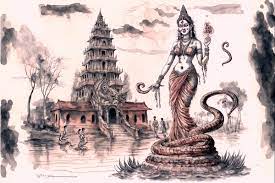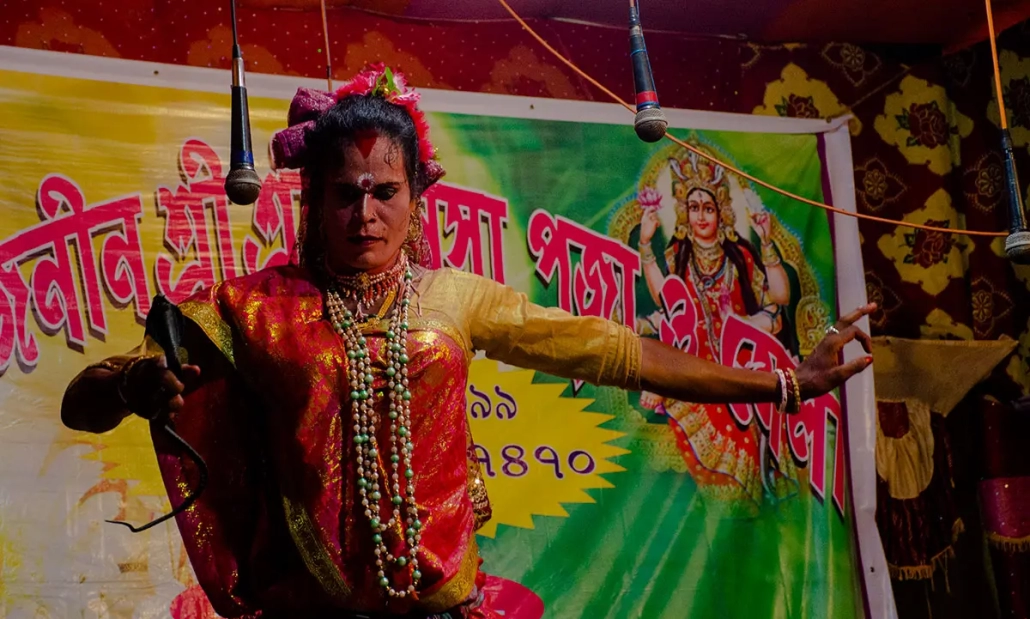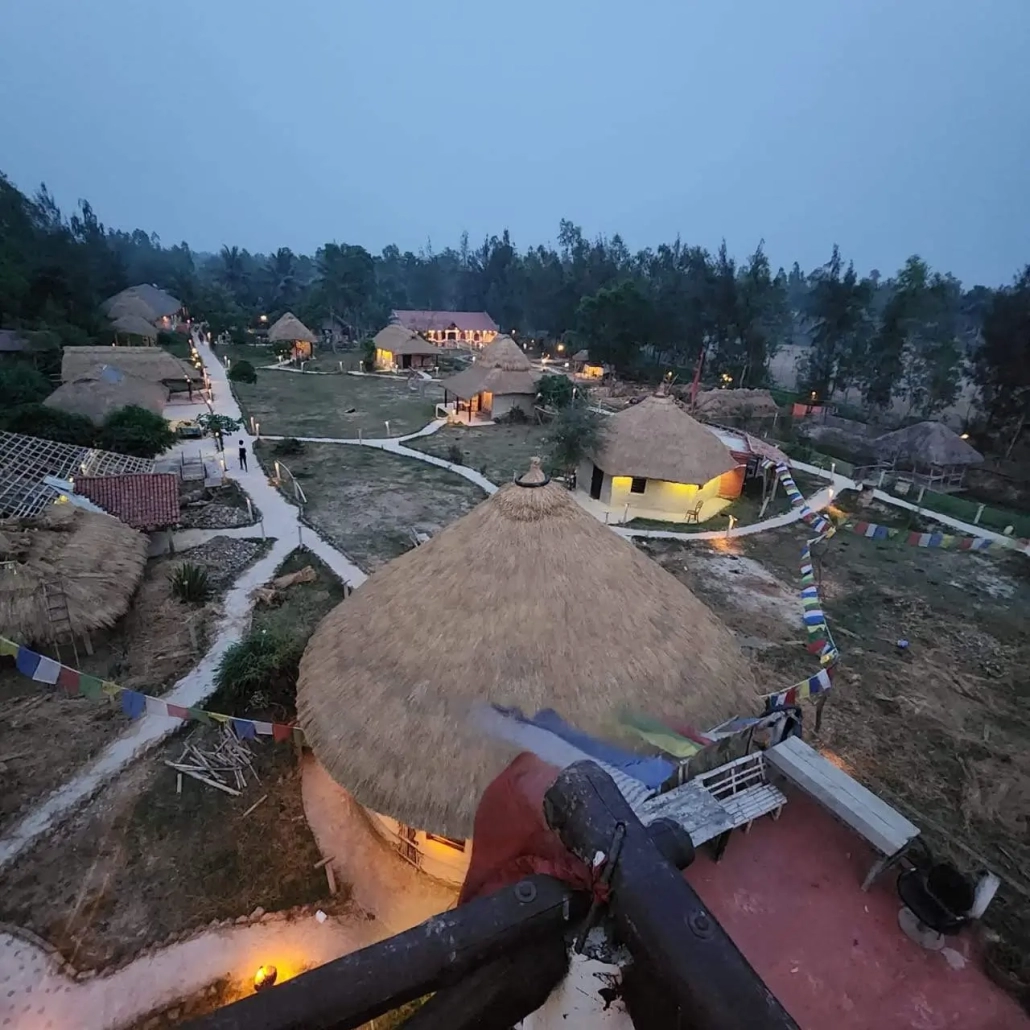Sundarban’s Cultural Heritage: Exploring the Traditions and Customs of the Delta Region
Nestled in the heart of the Bengal region, the Sundarbans Delta is a land of myths, legends, and traditions. From the ancient folklore of Bonbibi, the protector of the forest, to the colorful festivals that celebrate the bounty of the land and the sea, this region is a treasure trove of cultural heritage. With its unique ecosystem and rich biodiversity, the Sundarbans Heritage is not only a natural wonder but also a cultural melting pot that has been shaped by centuries of human interaction with the environment. Read on further to know about the vibrant heritage of the Sundarbans Delta, exploring its myths, legends, and festivities that have endured through generations. From the iconic Royal Bengal Tiger to the bustling markets of Khulna, this region is a feast for the senses and a window into the soul of Bengal.

The Folklore And Myths Surrounding The Sundarbans Text Here
The Sundarbans is a place of mystery, and the folklore and myths surrounding this region are as fascinating as they are diverse. Perhaps the most well-known myth is that of Bonbibi, the protector of the forest. According to the story, Bonbibi was a Muslim saint who protected the people of the Sundarbans from the dangers of the forest. The story goes that she defeated Dakkhin Rai, the king of the forest, and established peace in the region. To this day, people of all faiths visit the temple of Bonbibi in the Sundarbans to seek her blessings and protection.
Another popular myth is that of the Royal Bengal Tiger, the king of the Sundarbans. According to local stories, the tiger is a symbol of power and strength, and it is believed that those who see a tiger in the forest are blessed with good luck. However, the tiger is also feared, as it is known to attack humans who venture too close to its territory.

The Sundarbans is also home to many other myths and legends, such as the story of the goddess Manasa, who is believed to protect the people from snake bites, and the legend of the ghost ship, which is said to haunt the waters of the Sundarbans. These stories have been passed down through generations and are a testament to the rich cultural heritage of the region.
The Cultural Significance of Festivals in the Sundarbans
The Sundarbans is also a region that loves to celebrate, and festivals are an integral part of the cultural heritage of the region. One of the most important festivals is the Bonbibi Mela, which is held every year in the temple of Bonbibi. The festival is a celebration of the victory of Bonbibi over Dakkhin Rai and is attended by people of all faiths. The festival is a colorful affair, with music, dance, and food stalls that offer a taste of the local cuisine.

Another important festival is the Poush Mela, which is celebrated in the month of Poush (December-January) to mark the end of the harvest season. The festival is a celebration of the bounty of the land and the sea, and it is marked by music, dance, and a variety of cultural programs. The festival is also an opportunity for local artisans to showcase their skills, with handicrafts and artwork on display.
Apart from this, it is also home to many traditional fairs and festivals, such as the Bera Utsav, which is a celebration of the traditional boat race, and the Rash Mela, which is a festival of music and dance that is held in honor of the god Krishna. These festivals are an important part of the cultural heritage of the Sundarbans and are a reflection of the region’s rich history and traditions.
The Impact Of Climate Change On The Sundarbans Heritage
The Sundarbans Delta is one of the most vulnerable regions in the world when it comes to the impact of climate change. Rising sea levels, increased temperatures, and extreme weather events are all putting the region’s unique ecosystem and cultural heritage at risk. The Sundarbans are home to many endangered species, such as the Royal Bengal Tiger and the Gangetic Dolphin, and the loss of their habitat could have a devastating impact on the region’s biodiversity.

Climate change is also affecting the way of life of the people of the Sundarbans. Many of the festivals and traditions that have been passed down through generations are intimately connected to the natural environment, and any changes to the ecosystem could have a profound impact on the cultural heritage of the region.
Efforts To Preserve And Promote The Sundarbans Heritage
Top Festivals To Experience In The Sundarbans Delta
- Bonbibi Mela – A colorful festival that celebrates the victory of Bonbibi over Dakkhin Rai.
- Poush Mela – A celebration of the end of the harvest season, marked by music, dance, and cultural programs.
- Bera Utsav – A traditional boat race that is held every year in the Sundarbans.
- Rash Mela – A festival of music and dance that is held in honor of the god Krishna.
- Ganga Sagar Mela – A pilgrimage to the confluence of the Ganges and the Bay of Bengal, held every year in January.
Local Cuisine And Culinary Traditions
Final Talk
The Sundarbans Delta is a region that is rich in cultural heritage and natural beauty, but it is also a region that is facing many challenges. Climate change, environmental degradation, and the loss of biodiversity are all threatening the unique ecosystem and cultural heritage of the Sundarbans.
As travelers, we have a responsibility to ensure that our actions do not contribute to these problems. By practicing responsible tourism, we can help to ensure that the cultural heritage of the Sundarbans is preserved for future generations. Together, we can help to protect this treasure trove of cultural heritage for generations to come.




